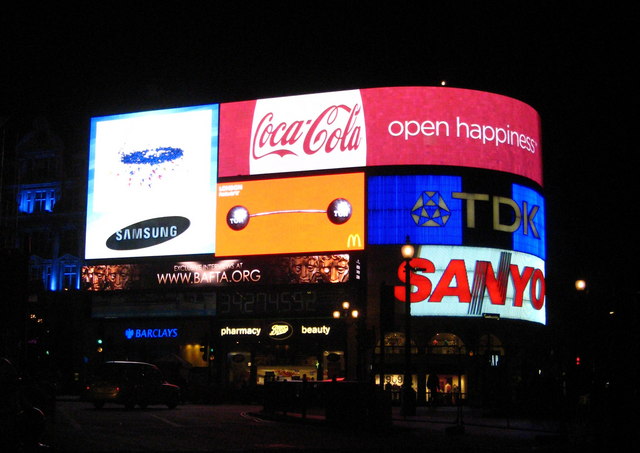With the AI market predicted to grow to over $47 billion by 2020, machines with their mind are increasingly becoming an accepted aspect of the world. Gartner Hype Cycle, states that machine learning, a subset of artificial intelligence, is presently at its maximum inflated expectation even though it is two-five years away from its mainstream adoption.
The use of AI is more apparent in the adverting industry than any other. In fact, it is in this industry that machine learning has already transformed media trading, allowing programmatic algorithms to make real-time decisions by using massive data volumes.
Nevertheless, this is a broad discipline with numerous details. Even so, the advertising industry is already shifting from rule-based machine learning to algorithms that are more fluid by drawing inspiration from the psychology of human behavior.
A given subset of machine learning dubbed deep learning (DL) utilizes neural networks to imitate human decision-making. In fact, the advertising industry is already using a particular segment of DL called reinforcement learning (RL) in an attempt to learn similarly like humans based on penalties and rewards. Herein are some three ways machine learning can boost advertising:
1. Precision Audience Targeting at Scale
Audience targeting allows advertisers to reach out to their preferred consumers with relevant messaging. However, integrating this technology with AI-based machine learning can boost advertisers’ targeting capabilities exponentially. Instead of depending on broad audience segments, advertisers can now utilize machine learning methods to shift towards singe instance profiling.
In fact, they can now target individual users based on several data points such as personal preferences and behavioral information in a bid to perfect a single opportunity and provide one-to-one programmatic interactions.
READ MORE – Artificial Intelligence in Marketing – 6 Examples Making an Impact
2.Customer-Centric Personalization
Aside from just reaching the ideal customer, advertisers are required to pass the right message. In the current customer-centric world, hyper-personalization is a crucial expectation. Advertisers are utilizing machine-learning methods like dynamic creative optimization (DCO) in a bid to customize ads for an individual.
DCO algorithms enable different variations of creative aspects to integrate in real-time in a bid to generate the version of an advert that is likely to push the needed action with a single consumer. Adverts can be personalized based on various data points like demographics, location, weather, and previous interactions.
3.Superior Efficiency and Speed
Thanks to programmatic and real-time bidding (RTB), much of the manual work previously involved in advertising trading has been removed. This situation allows the entire process to occur in real-time as well as increase efficiency and speed dramatically. Reinforcement learning, for example, influences truly controlled decisions on RTB marketplace, attaining tailored targeting, optimal bids, and a significant scale. Additionally, the technology links large volumes of varied data.
Although Ml AND Ai can improve advertising regarding speed and efficiency, they should not be left to operate alone without some aspect of human intervention. Ad experts are still needed to comprehend the nuances of human behavior, determine KPIs for machine learning algorithms, and design captivating creative in an attempt to reach the ideal intrusion and personalization balance.
Source Martech
